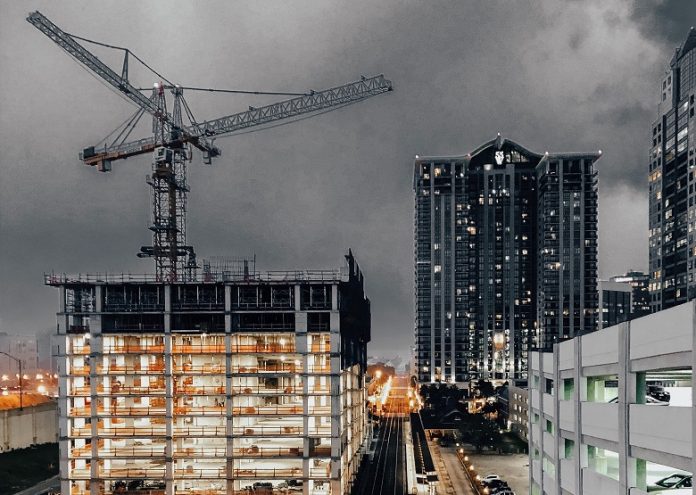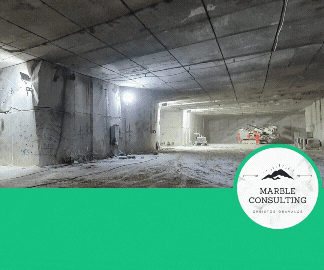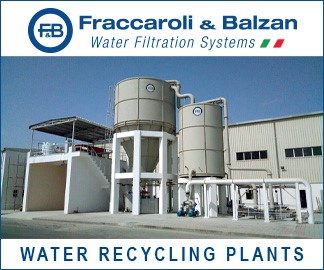Global construction costs are projected to increase between 2-7% in 2025 as geopolitical and economic uncertainty continues to disrupt supply chains and push up prices. This forecast comes from a new report by cost and project management firm Currie & Brown, which highlights key factors driving the rise in costs across all major regions.
Key Drivers of Rising Construction Costs
Currie & Brown attributes the cost increases to three primary factors:
- Economic UncertaintyProtectionist policies, political volatility, and conflicts in various parts of the world are contributing to an unsettled global outlook. While inflation levels off and interest rates stabilize, these factors continue to put pressure on both material and labor costs, making construction projects more expensive.
- The Impact of the Digital Revolution and AIThe rapid growth of digital technology and artificial intelligence (AI) is creating new opportunities for the construction sector. However, this expansion is also intensifying competition for specialized materials, leading to further increases in construction costs.
- Labor ShortagesA chronic shortage of skilled construction workers is another major driver of rising costs. Sectors experiencing high growth, such as renewable energy, digital infrastructure, and housing, are particularly affected, as demand for labor outstrips supply.
Regional Cost Forecasts
Currie & Brown’s report, Building a Resilient Future: Adapting to Uncertainty in 2025, provides regional forecasts, highlighting the markets expected to experience the most significant cost increases:
- Saudi Arabia (5-7% increase): Economic growth in Saudi Arabia is projected to accelerate to 4.4% in 2024, driven by the successful bid to host the 2034 FIFA World Cup. The surge in construction activity includes new stadiums, hotels, and infrastructure, alongside ongoing megaprojects in the Neom special economic area.
- India (5-7% increase): India’s economy is expected to grow by 6.7% in 2025, with government policies fostering investment in semiconductor manufacturing and industrial infrastructure. However, labor shortages remain a persistent challenge, contributing to rising costs.
- Australia (5-6% increase): Labor shortages are also a major concern in Australia, particularly in Queensland, where preparations for the 2032 Olympic Games are intensifying cost pressures.
- United States (4% increase): Construction costs in the U.S. are expected to rise by around 4%, though this will largely depend on labor availability and evolving policy decisions under President Donald Trump’s administration.
- China (steady costs): Unlike other regions, China’s construction costs are expected to remain stable due to slowing economic growth and a deceleration in construction activity.
- Europe (2-4% increase): Political uncertainty and sluggish economic growth are likely to keep construction cost increases moderate across Europe. Forecasted increases include:
- France: 2-3%
- Germany: 2%
- Italy: 2%
- Spain: 3%
- UK: 3-4%
Preparing for Rising Costs
With construction costs on the rise, industry stakeholders must adopt strategies to mitigate risks and maintain profitability. Efficient supply chain management, investment in workforce development, and embracing technological advancements will be crucial in navigating the challenges ahead.
As the construction sector adapts to these economic and geopolitical uncertainties, companies must remain agile and proactive in their planning to ensure resilience in the face of rising costs.






































